Simulation
Cellular Automata
Wolfram Automata
Wolfram Automata Coding
| Pattern | Result | Binary Position | Rule Bit |
|---|---|---|---|
| ■■■ | □ | 7 | 0 |
| ■■□ | □ | 6 | 0 |
| ■□■ | □ | 5 | 0 |
| ■□□ | □ | 4 | 0 |
| □■■ | □ | 3 | 0 |
| □■□ | □ | 2 | 0 |
| □□■ | □ | 1 | 0 |
| □□□ | ■ | 0 | 1 |
The rule number 1 in binary is: 00000001
Wolfram Automata Coding
Each bit in the binary number determines the result for one of the eight possible patterns of three cells:
- A foreground square (■) represents a cell in state 1
- A background square (□) represents a cell in state 0
- The patterns are ordered from 111 (7) to 000 (0)
- The binary number determines the next state of the center cell for each pattern
Wolfram Automata Coding
For example:
- If you see pattern ‘111’ (■■■), the next state will be {‘■’ if rule_binary[0] == ‘1’ else ‘□’}
- If you see pattern ‘110’ (■■□), the next state will be {‘■’ if rule_binary[1] == ‘1’ else ‘□’}
And so on…
Wolfram Automata Coding
At each time step:
- Look at each cell and its two neighbors
- Find this pattern in the table above
- The center cell becomes the value shown in the ‘Result’ column
Rule 1
Rule 30
| Pattern | Result | Binary Position | Rule Bit |
|---|---|---|---|
| ■■■ | □ | 7 | 0 |
| ■■□ | □ | 6 | 0 |
| ■□■ | □ | 5 | 0 |
| ■□□ | ■ | 4 | 1 |
| □■■ | ■ | 3 | 1 |
| □■□ | ■ | 2 | 1 |
| □□■ | ■ | 1 | 1 |
| □□□ | □ | 0 | 0 |
The rule number 30 in binary is: 00011110
Rule 30
Rule 30 in Cambridge

Game of Life
Loneliness
|
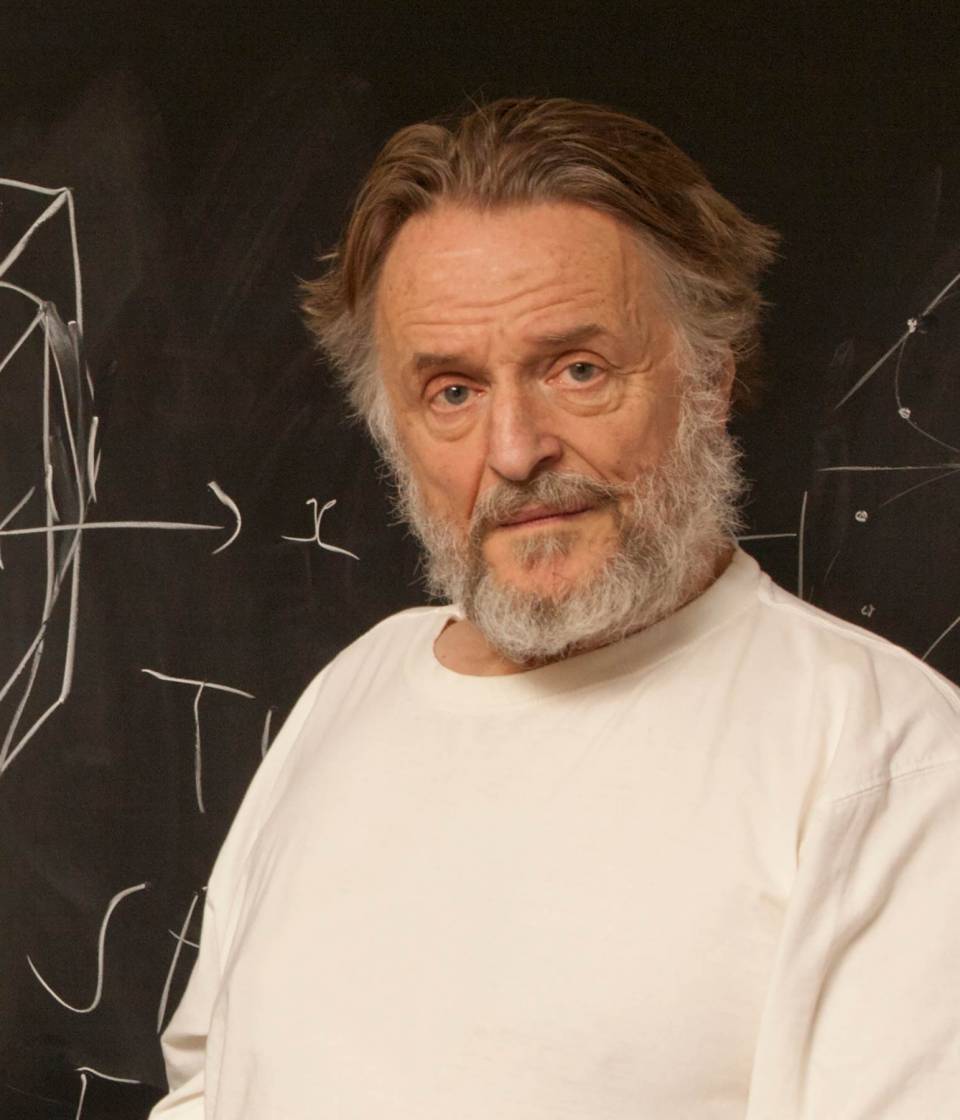
|
Crowding
|

|
Birth
|

|
Game of Life Implementation
Spaceships, oscillators and static patterns
Pattern Analysis
Glider

|

|
Gosper Glider Gun

Loafer

|

|
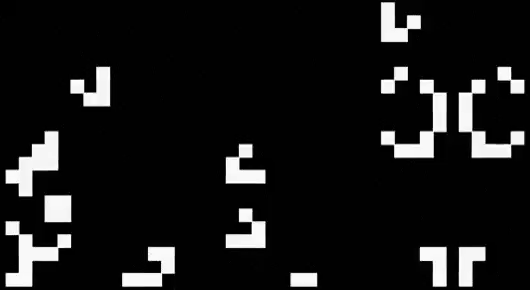
include{_simulation/includes/automata-base.md}
Combining Wolfram and Conway


Packing Problems
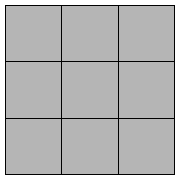
Packing Problems
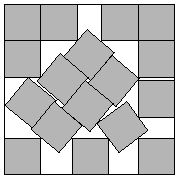
Packing Problems
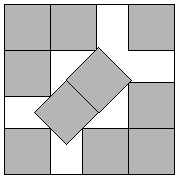
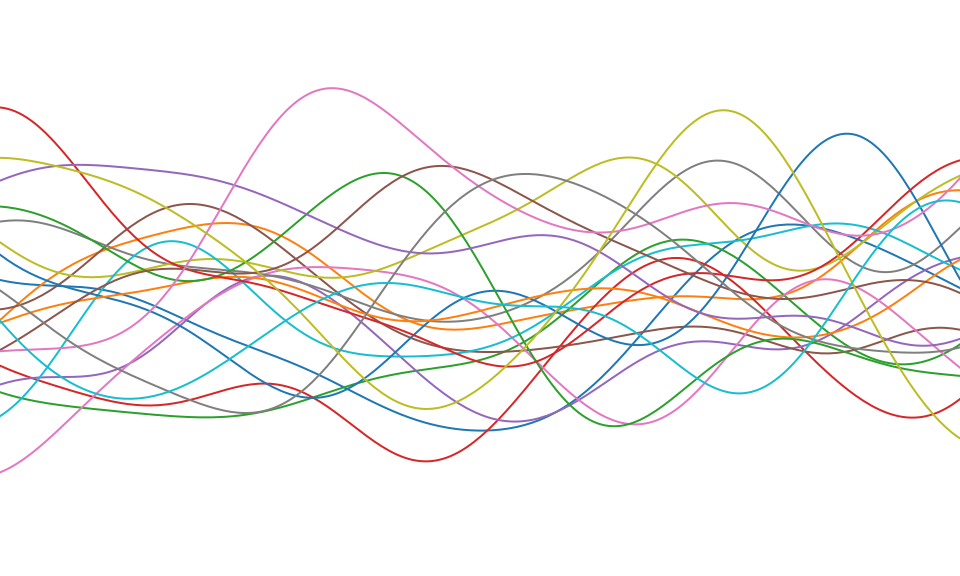
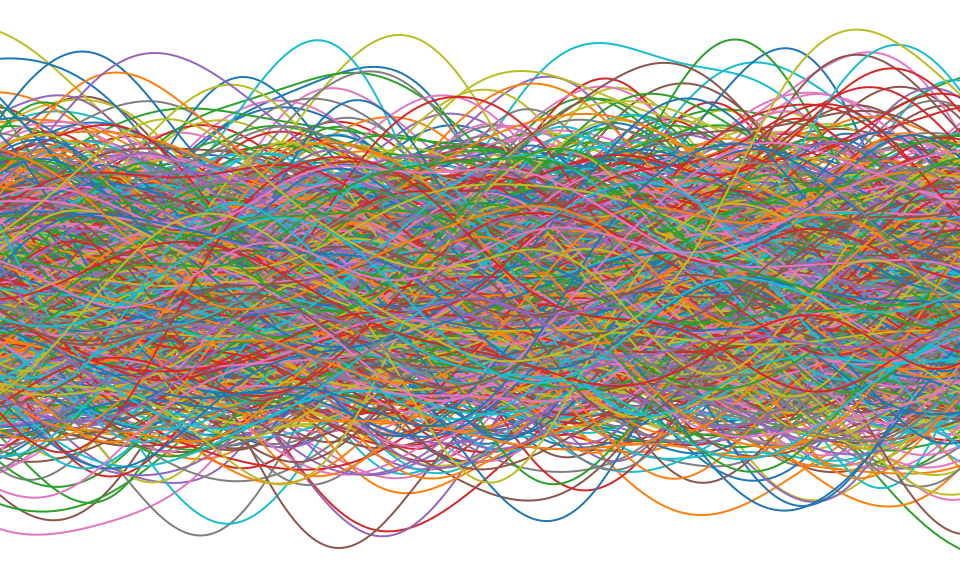
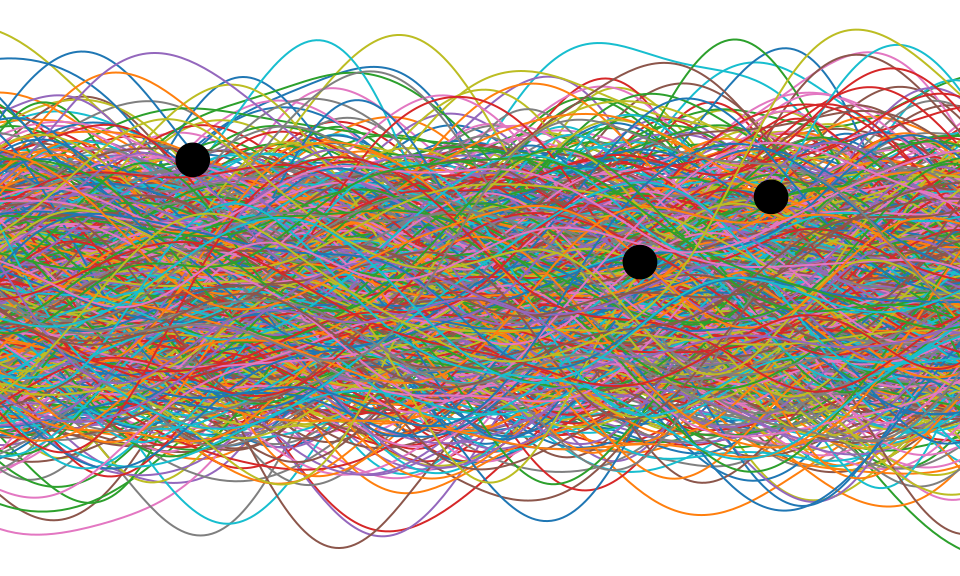
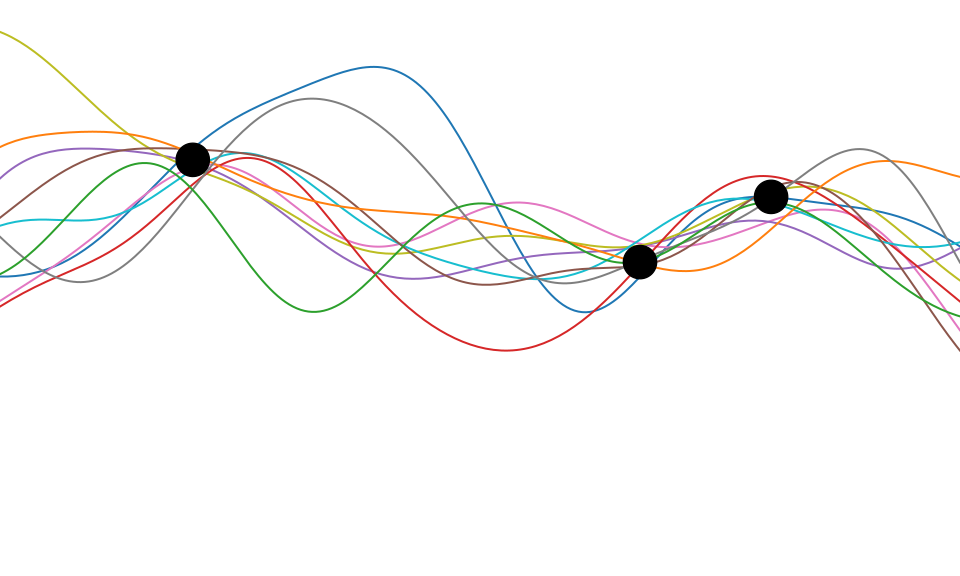
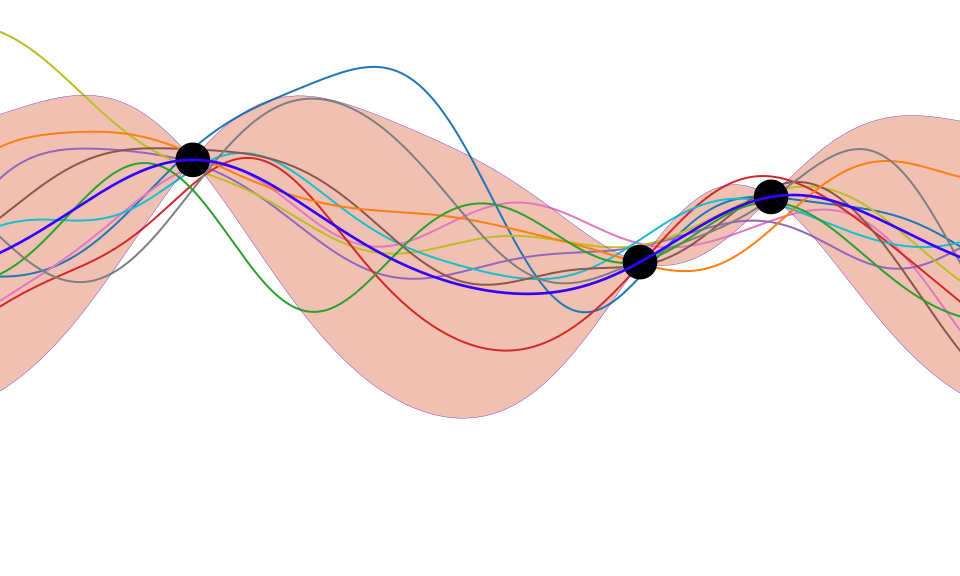
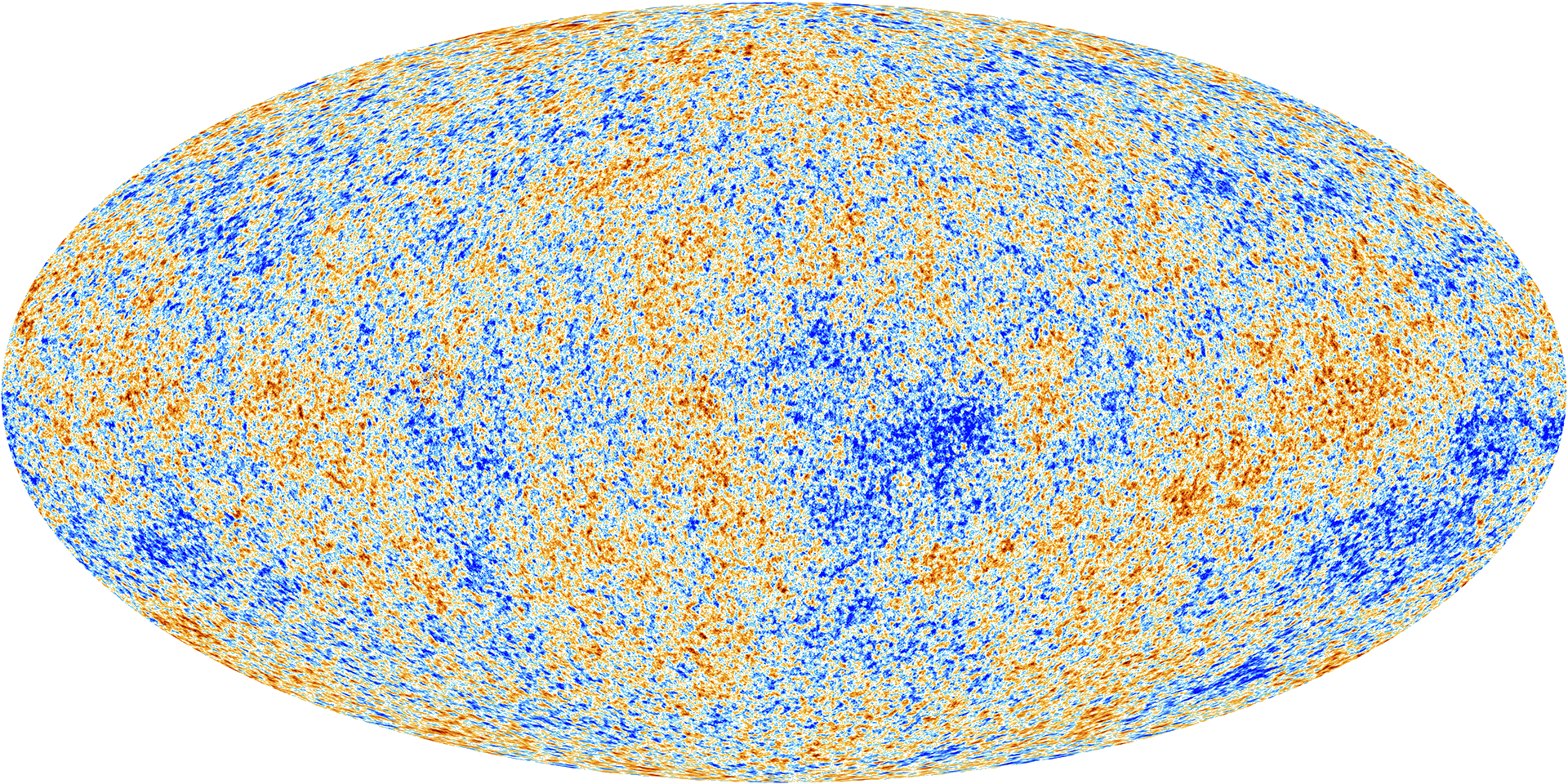
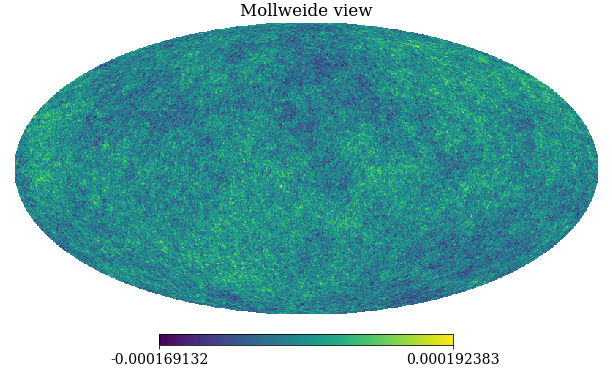
 \(=f\Bigg(\)
\(=f\Bigg(\) \(\Bigg)\)
\(\Bigg)\)
The Universe isn’t as Gaussian as it Was
If we do discover a theory of everything … it would be the ultimate triumph of human reason-for then we would truly know the mind of God
Stephen Hawking in A Brief History of Time 1988
Precise Physical Laws
- Newton’s laws
- Huygens and conservation of energy
- Daniel Bernoulli and the kinetic theory of gases
- Modern climate simulation and Navier-Stokes equations
Abstraction and Emergent Properties
Abstraction
- We often abstract smaller scales away e.g. in statistical mechanics.
- When we’re abstracting finer length scales we can introduce
uncertainties.
- E.g. Maxwell-Boltzmann distribution for ideal Gas.
Emergence
- But fine scale local-laws also lead to emergent properties.
- Some of these properties exist at large scale.
- In particular, when there are complex interactions between molecules.
Molecular Dynamics Simulations
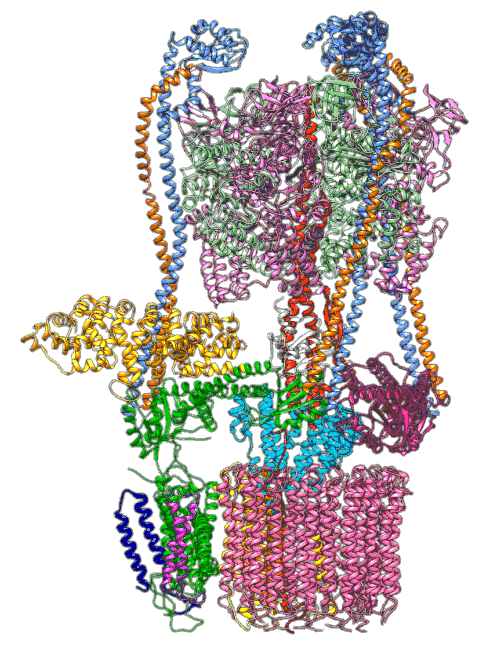
Quantum Mechanics
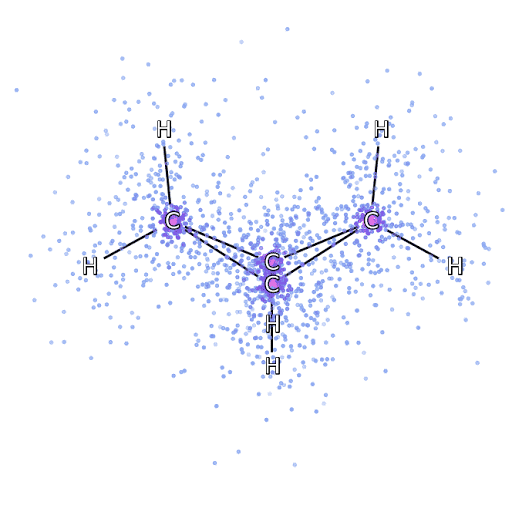
How Machine Learning Can Help
Conclusion
- Introduced simulator: body of computer code.
- Emergent properties
- Abstractions
- Levels of fidelity
Thanks!
- book: The Atomic Human
- twitter: @lawrennd
- The Atomic Human pages hooshing, Pooh’s law of 157-158,160 .
- podcast: The Talking Machines
- newspaper: Guardian Profile Page
- blog: http://inverseprobability.com
References
Roh, S.-H., Shekhar, M., Pintilie, G., Chipot, C., Wilkens, S.,
Singharoy, A., Chiu, W., 2020. Cryo-EM and MD
infer water-mediated proton transport and autoinhibition mechanisms of
Vo complex. Science Advances 6. https://doi.org/10.1126/sciadv.abb9605
Stromquist, W.R., 1984. Packing unit squares inside squares, III. Daniel
H. Wagner Associates.